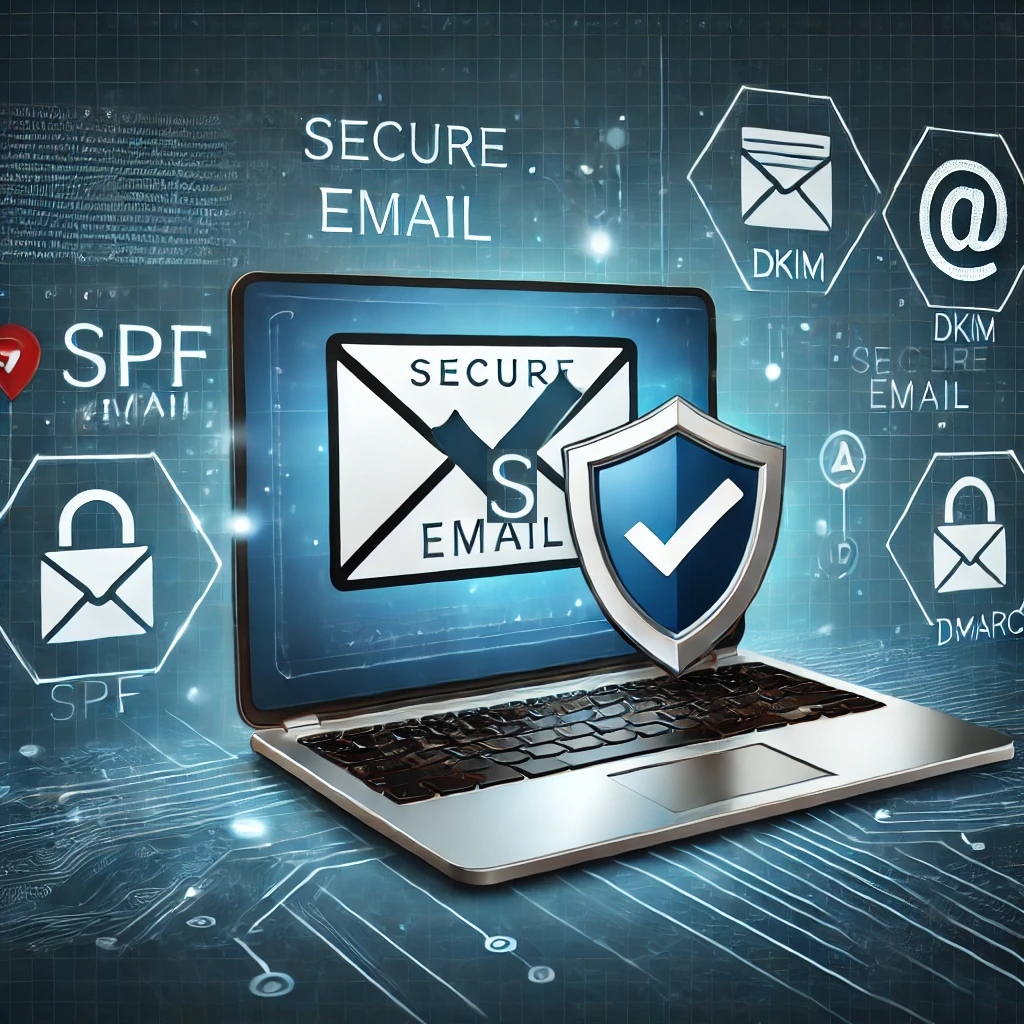
TL:DR; Those are must have steps before sending any email from a new domain or new email service. Technical stuff ahead.
Prerequisites: In order to make changes to your settings, you should have an admin access to your Domain DNS settings and admin access to your email service.
-
Sender Policy Framework (SPF) is an email authentication standard.
The recipient server compares sender’s actual IP address to a list of IP addresses authorized to send mail from that domain.
In order to set a correct SPF record for your email service,
search:spf mailchimpwhere mailchimp is your service or check the list below. -
You probably need more than one SPF record, because you use Google Apps, Sendgrid and Mailchimp. But you should have only one SPF record in your DNS. Thus, you should concatenate your records, for
example:
v=spf1 include:sendgrid.net include:_spf.google.com include:servers.mcsv.net ~all -
DomainKeys Identified Mail (DKIM) is an authentication method designed to detect email spoofing. It adds a
digital signature to your message header. The receiver validates sender’s domain using this method. Follow the links below or search for your service dkim settings.
Remember: Each Service should have their own DKIM record. -
Domain-based Message Authentication, Reporting and Conformance (
DMARC
) another validation method to be set, after setting DKIM & SPF.
You can find a detailed guide on configuration options. But I highly recommend you using free DMARC aggregator by Postmark. Otherwise, noisy DMARC status reports being emailed to you daily from multiple ISPs. -
Validate your configuration by sending an empty email to:
[email protected]
You will get the result to your FROM address.
Now you are ready for an efficient mailing.
A list of common services and their configuration guides: